Overview
Map
Other Details
كنيسة مار بطرس وبولس
Qornet Chehouane
Metn
Mount Lebanon
كنيسة مار بطرس وبولس - قرنة شهوان شيّد أهالي قرنة شهوان كنيسةً بإسم الرسولين بطرس وبولس في أواخر القرن السابع عشر دفع معظم أكلافها الحاج مفرج غبريل، وكرّسها المطران الياس محاسب سنة ١٧٢٠. تجدّدت باتّفاق وتبرّعات سكان القرية عمومًا بسعي المطران بطرس الزغبي نحو سنة ١٩٠٨. تجدّد بناء الكنيسة عام ١٩١٢ في عهد الخوري إلياس زعرور كاهن الرعية، فأتت برسمها الباريسي آية قي الجمال والإبداع. سنة ١٩٩٦، رُممت الكنيسة و رُسمت الزجاجيات. الكنيسة بناء نيوغوطيّ الطراز. The church of Sts. Peter and Paul - Cornet Chehwan The church was built in the late 17th century, and the greater part of its expenses were covered by Hajj Moufarrej Ghobril. It was consecrated by Bishop Elias Mhaseb in 1720. Through the initiative of Fr. Elias Zaarour and the locals, it was rebuilt in 1912 and reconsecrated by Bishop Boutros el Zoghby. The church was reconstructed in a Neo-Gothic style with Parisian-inspired decorations. In 1996, it was renovated and stained glass windows were added.
Visited 6131 times, 3 Visits today
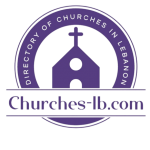
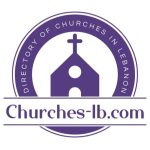

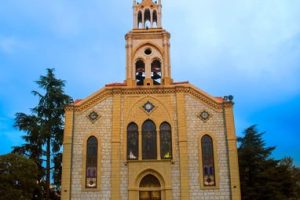

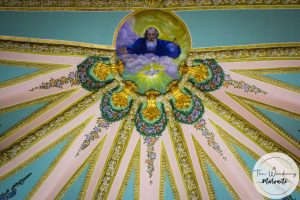
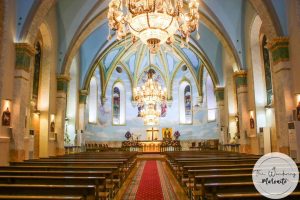

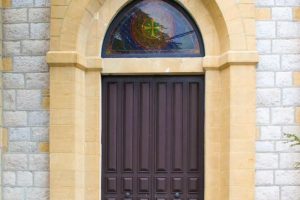
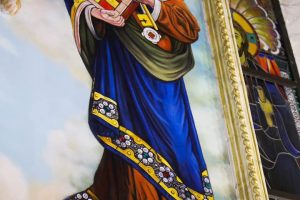
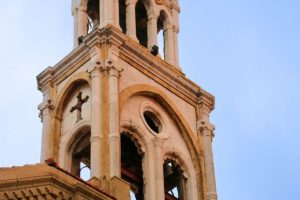


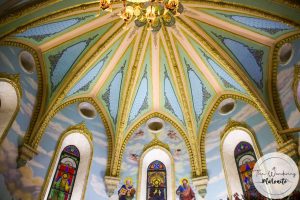
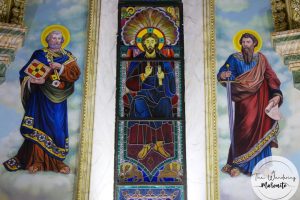
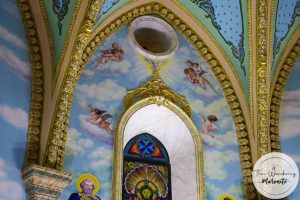













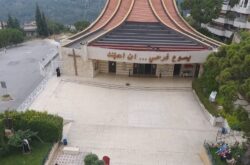
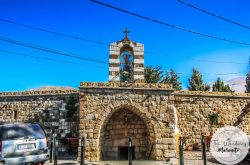
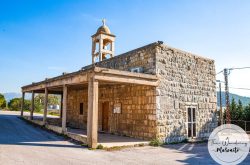
Reviews are disabled, but trackbacks and pingbacks are open.